MONTANAMENTE
It is the middle of February and heathers are already in bloom. Hazelnut trees are also blossoming a month early. Stefenelli uses a break in the walk to get his young hikers to see for themselves the effects of the changes induced by global warming. “My aim is to connect nature, territory and people” sums up Luca.
The territory he has chosen is that of his Trentino and, in particular, of the plateau that extends around Mount Calisio. It is the area of operation of the Ecomuseo Argentario, (Argentario Ecomuseum), an association that was established more than ten years ago: “to protect the mining heritage of the plateau, to carry out research on the local mining history and to enhance the value of the area, in terms of both its geological and naturalistic aspects” explains Luca.
The Ecomuseum promotes forms of sustainable development and tourism in a territory that lends well to this type of approach. Luca Stefenelli also conducts learning activities in the schools of the five municipalities that look over the plateau: Trento (districts of Argentario and Meano), Civezzano, Fornace, Albiano and Lavis.
Ecomuseo Argentario
Ecomuseo Argentario was originally set up to conserve existing traces of medieval mining activity in the area and is now involved in promoting the numerous and varied assets of this territory, including the old mines, the local stone quarries, the natural attractions, the traces of World War I, the villages, and the local agricultural products.
The association invests in educational activities for schools and guided trips for groups and families and promotes events for the general public organised in cooperation with local businesses, with the Rete Trentina degli Ecomusei (Trentino Network of Ecomuseums) and with other museum institutes. With the aid of the Società degli Alpinisti Tridentini (Society of the Trento Province Mountaineers), the Ecomuseum also takes care of maintaining the local trail network.
Current activities include scientific research: As from 2013, a collaboration with the University of Munich is under way for a mining archaeology study, looking to unveil the life and work of the canòpi, the miners that here were looking for silver during the Middle Ages.
Along the way, Luca invites the Quasi Amici to pick up some stones. Then, after a short diversion, they stop around the Busa del Parol, 880 metres above sea level. “A thousand years ago this area was full of holes like this one – explains Luca – During the Middle Ages, the plateau was an extensive silver mine, and that’s where its name comes from (argento in Italian means silver). Thousands of people were involved in the digging operations and there were no trees back then”. The kids throw their stones into the hole to test how deep it is, listening for their sound as they hit the bottom.
Shortly ahead, the trail reaches the Canòpa delle Sette Colonne (Cave of the Seven Columns), 905 metres above sea level. Here, Luca reinvents himself as a medieval miner and accompanies the youngsters, one by one, to explore the cave, extending horizontally.
